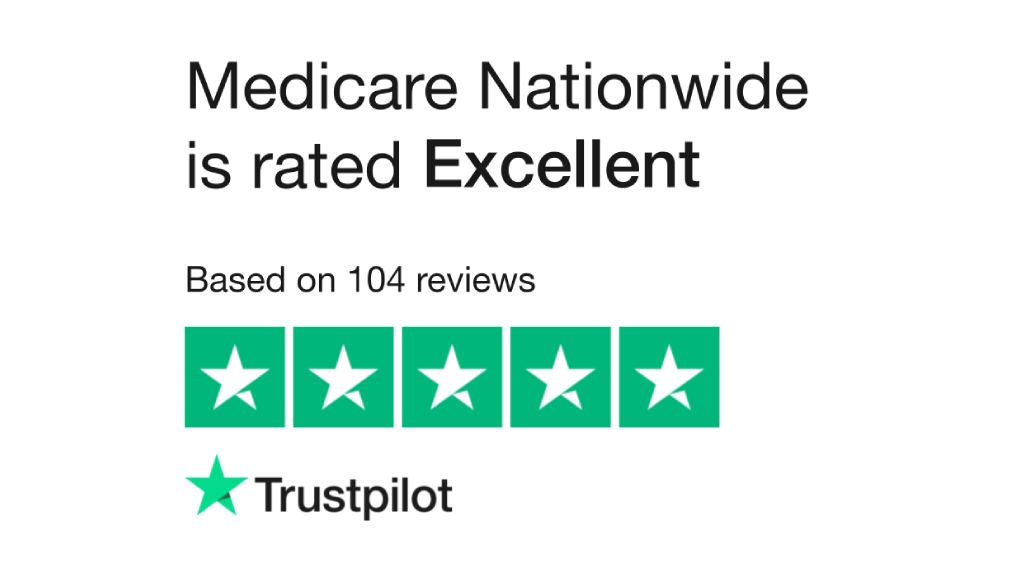When it comes to Medicare Supplement plans, also known as Medigap, one size does not fit all—especially when geographic variations come into play. The availability and specifics of Medicare Supplement plan coverage can vary significantly from state to state, influenced by local regulations, cost of living, and even the competitive landscape among insurers. This article delves into the geographical differences in Medicare Supplement coverage, providing essential insights for consumers navigating their options across various states.
Understanding Medicare Supplement Plan Coverage Geographic Variations
Anthem Medicare Supplement plan coverage is standardized across the United States in terms of the basic benefits they provide. However, the way these plans are priced, their additional benefits, and their availability can differ greatly depending on your location.
Key Factors Influencing Medicare Supplement Plan Coverage Geographic Variations:
- State Regulations: Each state has the authority to impose additional regulations on Medicare Supplement plan coverage, which can affect which plans are available and how they are structured.
- Cost of Living: Premiums for the same level of coverage might be higher in high-cost areas than in lower-cost areas.
- Market Competition: The number of insurers operating in a state and their market share can significantly influence plan offerings and pricing.
How State Regulations Affect Medigap Plans
State-specific regulations are perhaps the most significant factor in geographic variation. Some states have enacted consumer protection laws that go beyond federal requirements, impacting how insurance companies offer and price their plans.
Examples of State-Specific Rules:
- Guaranteed Issue Rights: While federal law provides limited times when guaranteed issue rights are available (such as during your initial enrollment period), some states extend these rights, allowing you to buy a Medigap policy outside of these periods without medical underwriting.
- Birthday Rule: States like California and Oregon have a “birthday rule,” which allows Medigap policyholders to switch to an equal or lesser benefit plan around their birthday without medical underwriting.
- Pre-existing Condition Waiting Periods: Some states require shorter waiting periods than the federal maximum or prohibit such waiting periods altogether.
Examining State-Specific Medigap Plans
Several states have unique Medigap plans that are not available elsewhere. For example, Massachusetts, Minnesota, and Wisconsin have their own standardized Medigap plans, which differ from the rest of the country.
Unique Plan Details by State:
- Massachusetts: Offers two core plans – Core and Supplement 1.
- Minnesota: Provides Basic and Extended Basic plans, with several riders that can be added for additional coverage.
- Wisconsin: Includes a Basic Plan with the option to add riders such as additional home health care.
The Impact of Cost of Living and Market Competition
The cost of living can influence Medigap premiums. Insurers may charge higher premiums in states with higher medical costs or overall higher costs of living. Additionally, the level of competition among insurers in a state can lead to more competitive pricing and more choices for consumers.
How to Compare Medigap Plans in Your State
- Identify Available Plans: Start by finding out which Medigap plans are offered in your state. You can use the State Health Insurance Assistance Program (SHIP) or consult with a local Medicare advisor.
- Compare Costs and Benefits: Look at the premiums, deductibles, and other out-of-pocket costs, as well as the benefits each plan offers. Consider factors like foreign travel emergency coverage or excess charges coverage.
- Consider Insurer Ratings and Customer Service: Check financial stability and customer service ratings. Consumer reviews and ratings from agencies like A.M. Best or the Better Business Bureau can provide insight into an insurer’s reputation.
Tips for Choosing the Right Medicare Supplement Plan Coverage
Assess Your Health Care Needs: Consider your usual healthcare services, your budget for premiums, and whether you often travel out of state.
- Review Annually: Medicare Supplement plans coverage, and your needs may change over time. Review your plan annually to ensure it meets your needs, especially if moving to a different state.
Conclusion
Understanding the geographic variations in Medicare Supplement plan coverage is crucial for making an informed choice that aligns with your healthcare needs and budget. By recognizing how state regulations, cost of living, and competition affect these plans, you can better navigate the complexities of Medigap coverage and choose a plan that offers optimal benefits and value.
For more personalized advice and to compare plans available in your area, consider contacting a local Medicare advisor or the State Health Insurance Assistance Program (SHIP) in your state. Call us at 1-888-559-0103.


